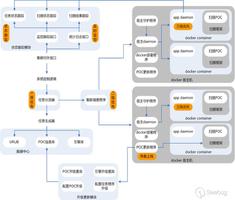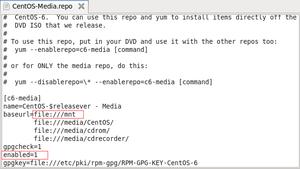使用Nginx搭建静态资源web服务器

在搭建网站的时候,往往会加载很多的图片,如果都从 Tomcat 服务器来获取静态资源,这样会增加服务器的负载,使得服务器运行 速度非常慢,这时可以使用 Nginx 服务器来加载这些静态资源,这样就可以实现负载均衡,为 Tomcat 服务器减压了。这篇文章,我们将一起去使用 Nginx 去搭建静态资源 web 服务器。
首先我把构建的 hexo 博客文件放在 Nginx 目录下,目录结构如下:
再修改 Nginx 配置文件 nginx.conf 中的 server:
server { listen 80;
server_name localhost;
location / {
alias blog/;
}
}
其中 location / 表示所有的请求,一般我们通过 root 和 alias 来指定访问的目录。root 相对来说有个问题,会把 url 中的一些路径带到我们的文件目录中来,所以一般使用 alias。
修改好配置文件后,执行 nginx -s reload 重启 nginx 服务,在浏览器中输入 localhost/ 就可以访问了,如图所示:
此外还可以开启 gzip 压缩,服务器压缩,浏览器解压。压缩和解压减少的是中间网络传输的消耗。
修改 nginx.conf:
gzip on;gzip_min_length 1;
gzip_comp_level 2;
gzip_types text/plain application/x-javascript text/css application/pdf application/xml text/javascript application/x-httpd-php image/jpeg image/gif image/png;
其中,gzip_min_length 表示小于此大小则不压缩,gzip_comp_level 表示压缩等级,gzip_types 表示压缩类型。
通过 url 访问,查看消息头就可以看到已经开启 gzip 压缩了:Content-Encoding: gzip
使用 gzip 压缩之后,静态资源的传输效率会提升很多。
还可以打开目录浏览功能,修改 nginx 的配置文件,添加 autoindex on;
server { listen 80;
server_name localhost;
location / {
alias blog/;
autoindex on;
}
}
修改后,重启 nginx,以目录结构中的 images 目录为例,访问 url:localhost/images/,展示情况如下图:
为了防止访问大文件抢走带宽,可通过设置访问资源时传输的速度来限制访问的文件大小。
server { listen 80;
server_name localhost;
location / {
alias blog/;
autoindex on;
set $limit_rate 100K;
}
}
其中 set $limit_rate 100K; 表示每秒传输速度限制在 100K 大小。
参考
http://nginx.org/en/docs/http/ngx_http_core_module.html
以上是 使用Nginx搭建静态资源web服务器 的全部内容, 来源链接: utcz.com/z/510372.html









